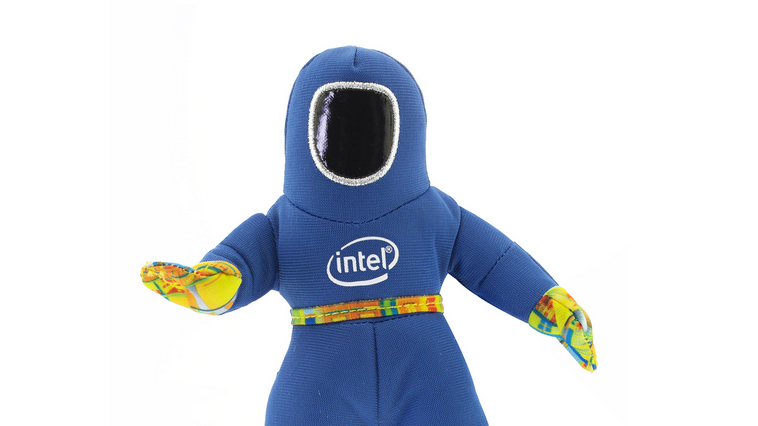Moore's Law: how long will it last?
As long as the laws of physics allow
Chip-stacking and extreme lithography
In addition to new materials, new processes could extend the influence of Moore's Law for 10 years or more. Chip-stacking (etching multiple layers onto a single wafer or by bonding two or more wafers together) will enable manufacturers to introduce a higher transistor count in the same footprint, while taking advantage of improved I/O performance.

Extreme ultraviolet (EUV) lithography (should it ever arrive) promises a dramatic improvement to current immersion lithography techniques, which still use deep-ultraviolet lithography (DUV) to laser-etch circuit patterns onto a substrate. EUV's shorter light wavelength means a finer resolution, which in turn enables more transistors to be transferred onto a silicon wafer. EUV lithography aims to better the current 193nm DUV wavelength and it could be ready by 2015.
But even if solutions like these can defy Colwell's 5nm barrier and eke out Moore's Law still further, Broadcom CTO Henry Samueli believes that it will be a challenge to shrink processors beyond this size. "As of yet, we have not seen a viable replacement for the CMOS transistor as we've known it for the last 50 years," he told reporters. "You can't build a transistor with one atom."
Moore's Law vs the law of physics
Or perhaps you can. Researchers at the University of New South Wales, Purdue University and the University of Melbourne, created a 0.1 nanometer transistor from a single phosphorus atom in 2012. "To me, this is the physical limit of Moore's Law," said Gerhard Kilmeck, Director of the Network for Computational Nanotechnology at Purdue and a Professor of Electrical and Computer Engineering. "We can't make it smaller than this."
There's plenty of scope to improve tomorrow's processors that we haven't talked about - parallelism offers ways of scaling up processing power without the need for new chips, while it can be argued that raw processing power is now less important than power efficiency. Software can be rewritten, I/O and memory can be tweaked. Further into the future, there's the prospect of tunnel transistors, photonics and quantum computing.
By then, perhaps Moore's Law will be adjusted to fit a new technology landscape. Or we may never see its like again. We'll leave the last word to DARPA's Robert Colwell, who points out that "when Moore's Law stops, it will be economics that stops it, not physics. So keep your eye on the money."
Are you a pro? Subscribe to our newsletter
Sign up to the TechRadar Pro newsletter to get all the top news, opinion, features and guidance your business needs to succeed!